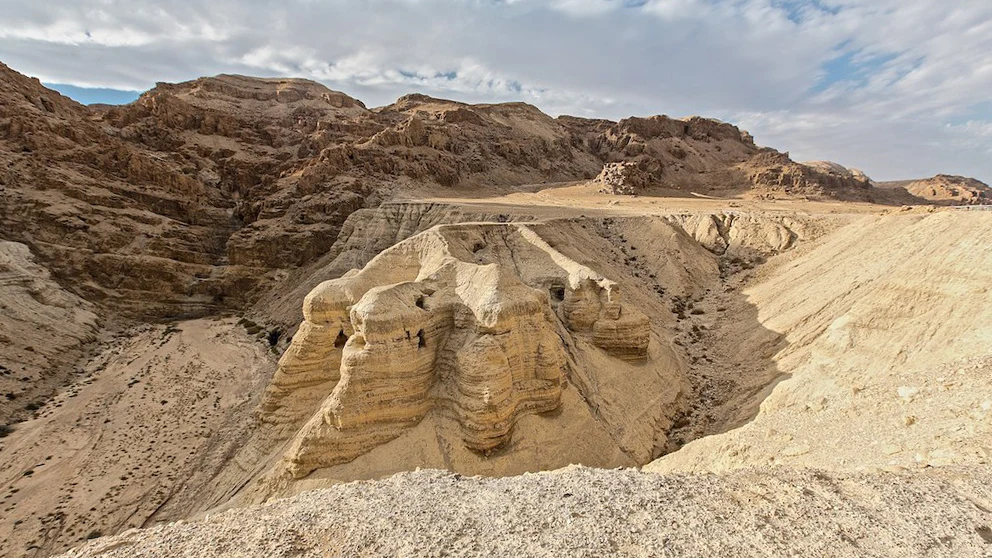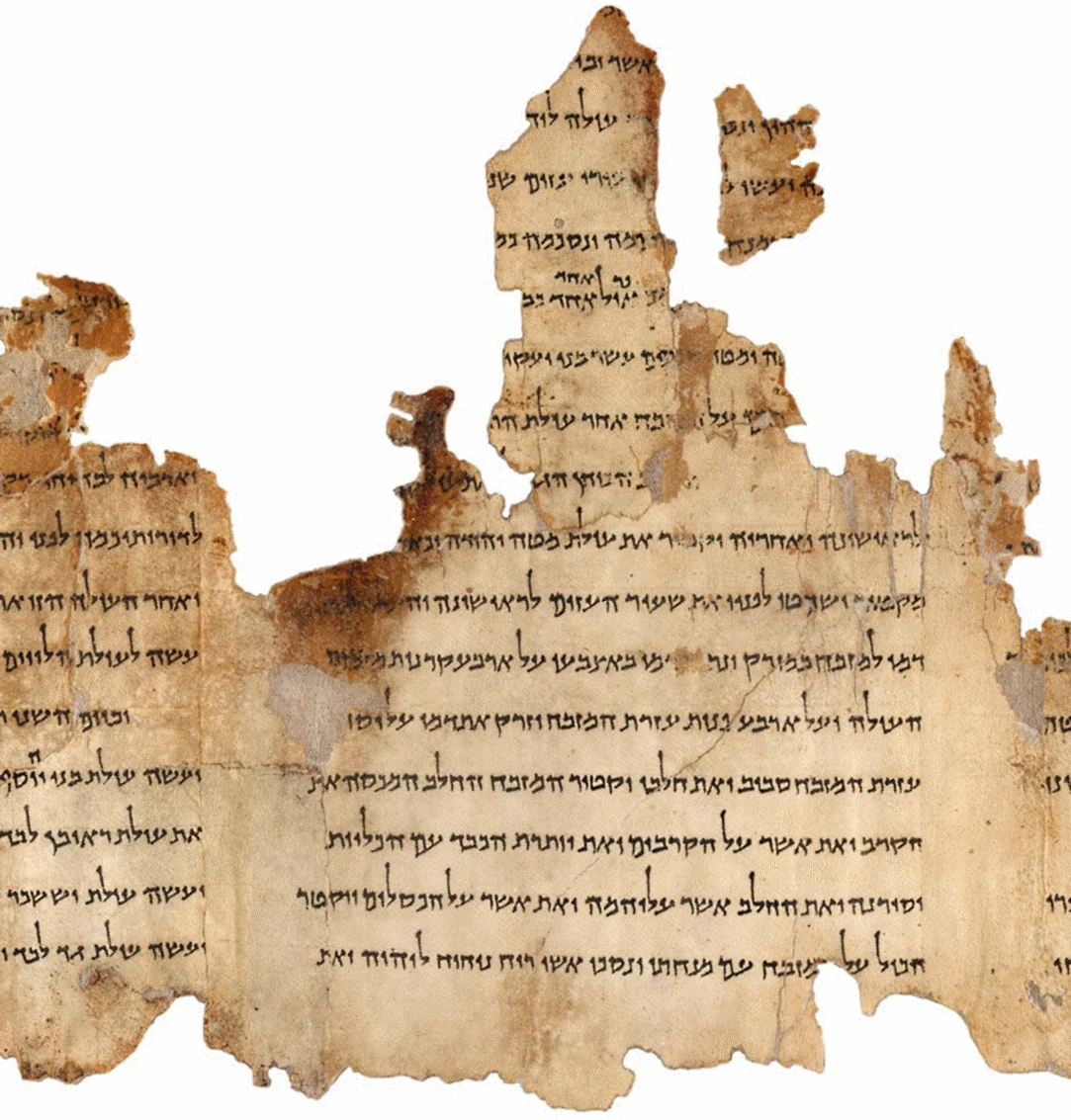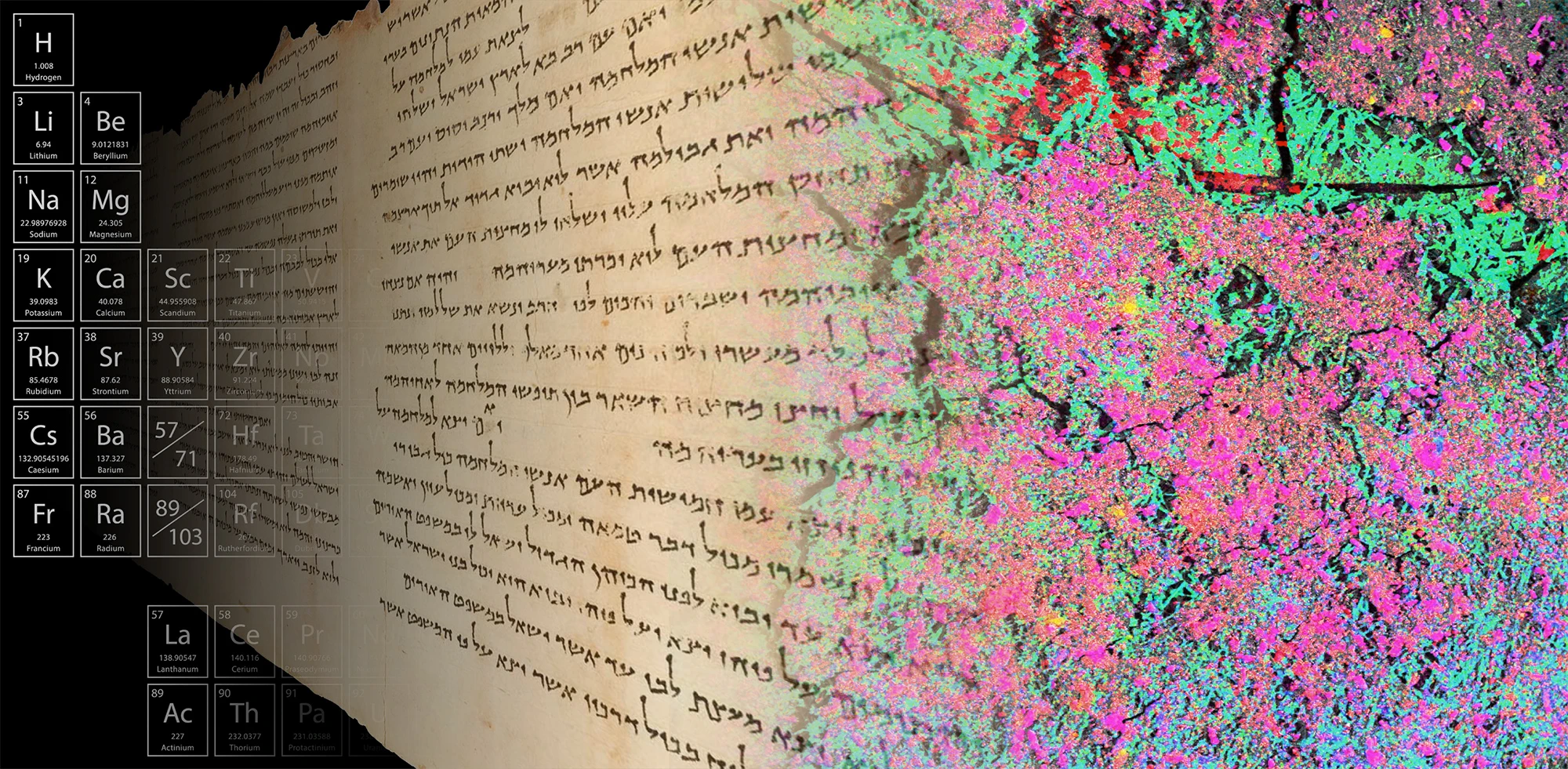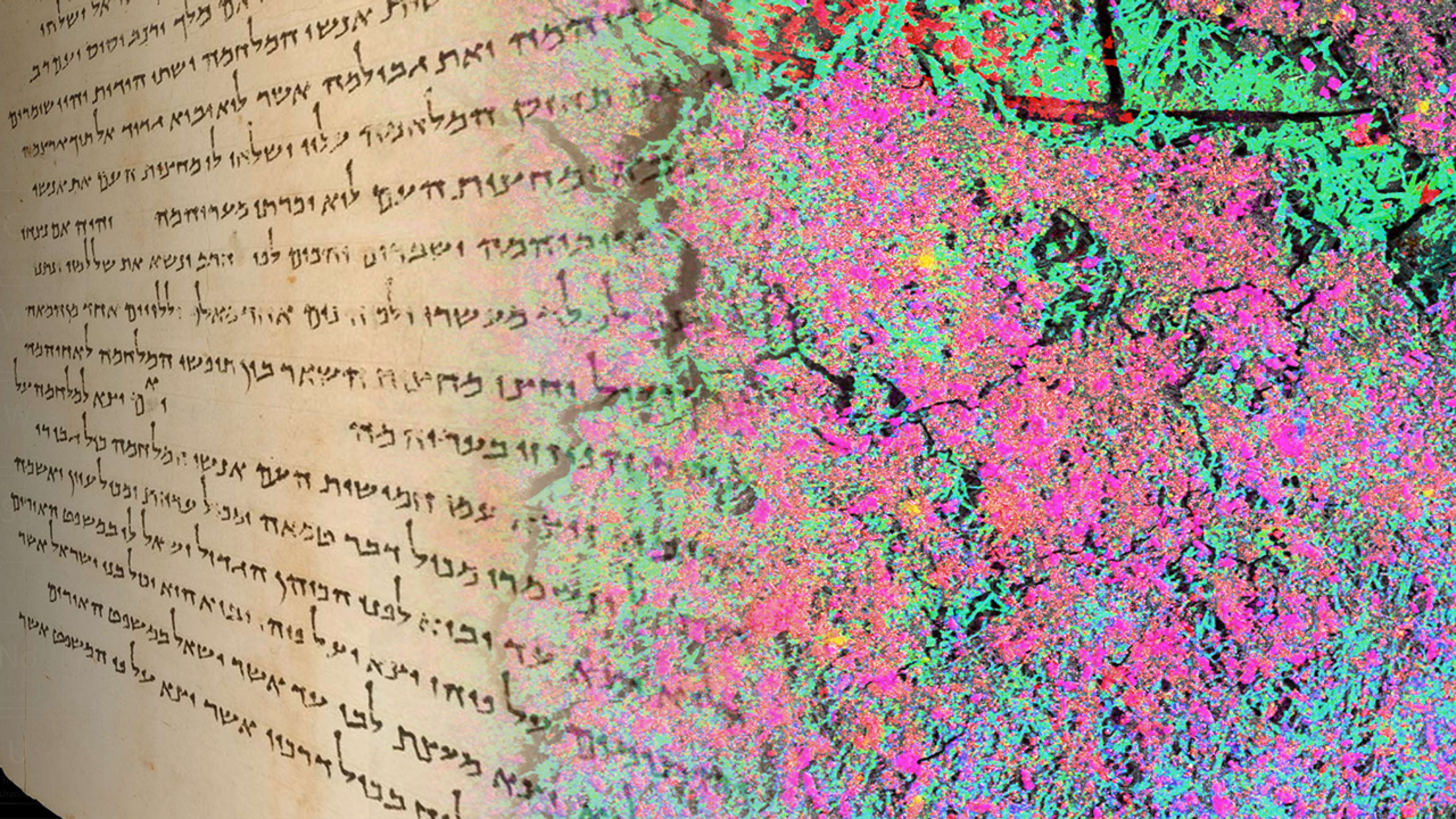In 1947, shepherds discovered the now-famed Dead Sea Scrolls in the Judaean Desert’s 11 Qumran Caves. While their exact genesis is somewhat contested, these ancient Jewish manuscripts (many of which were later incorporated into the Hebrew bible) are widely believed to date back, roughly, to the third century BCE.
Beyond their rich history as early religious texts, the Dead Sea Scrolls are celebrated, in large part, for the sheer miraculousness of their existence: Most of the moderately intact manuscripts are written on parchment, making the fact that they have survived centuries of natural wear and human contact impressive. Scientists at MIT are studying the scrolls to understand how they were designed to last so many centuries—and their new findings, published today in the journal Science Advances, offer a glimpse into ancient bookmaking and printing.

The study centered specifically on the Temple Scroll, which they’ve discovered was produced with an ancient form of parchment-making technology. This advanced preservation method is likely a large reason the manuscript has survived in such good condition, and it reveals new possibilities for ancient material analysis today. While some 900 partial and complete scrolls have been found in the Dead Sea region, the Temple Scroll is one of the longest—at approximately 25 feet—and best preserved. The parchment this particular text is written on is strikingly white in color and thin, at only 1/250th of an inch thick.
“The Temple Scroll is probably the most beautiful and best preserved scroll,” Admir Masic, MIT assistant professor of civil and environmental engineering and Department of Materials Science and Engineering faculty fellow in archaeological materials, said in a statement. It is housed in the Shrine of the Book, an Israeli museum in Jerusalem, along with the other Dead Sea Scrolls.

Along with four graduate students, Masic sought to decode just how this unique parchment was made, in hopes that the ancient technology might also reveal new approaches to preserving sensitive historical documents in the modern age. With the help of tools designed to map the complex chemical composition of the paper fragment under a microscope, the researchers found that the parchment was processed using a curious mixture of salts found in evaporites (the result of evaporated brines). The mixture used on the Temple Scroll, as it turns out, was different from salt mixtures used to process other parchment manuscripts in the region. Elements the team discovered “included sulfur, sodium, and calcium in different proportions, spread across the surface of the parchment,” according to MIT’s press release. It’s likely that this rare combination of elements used to coat the scroll is responsible for the manuscript’s bright, white surface and notable durability.

Recognize your brand’s excellence by applying to this year’s Brands That Matter Awards before the early-rate deadline, May 3.
